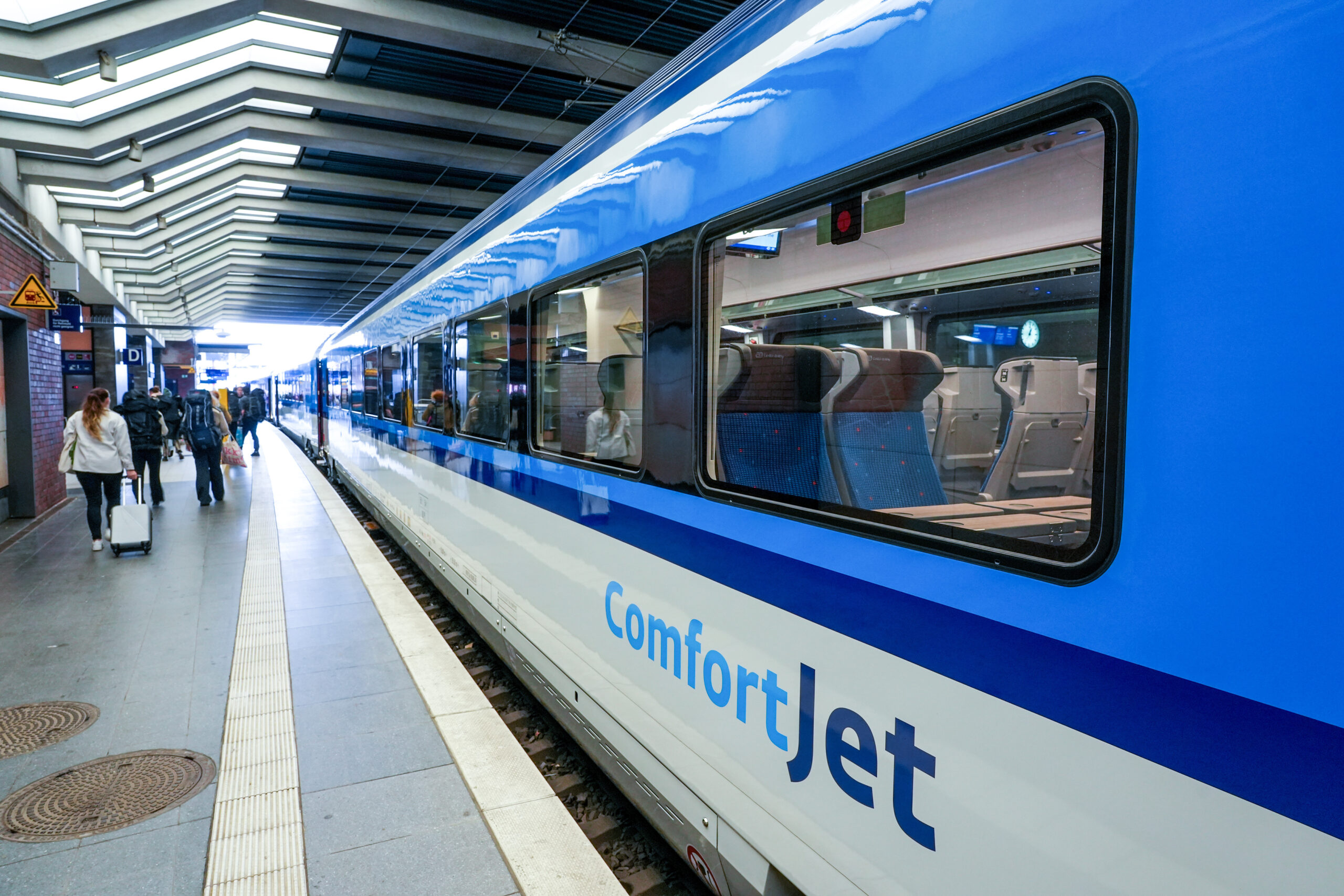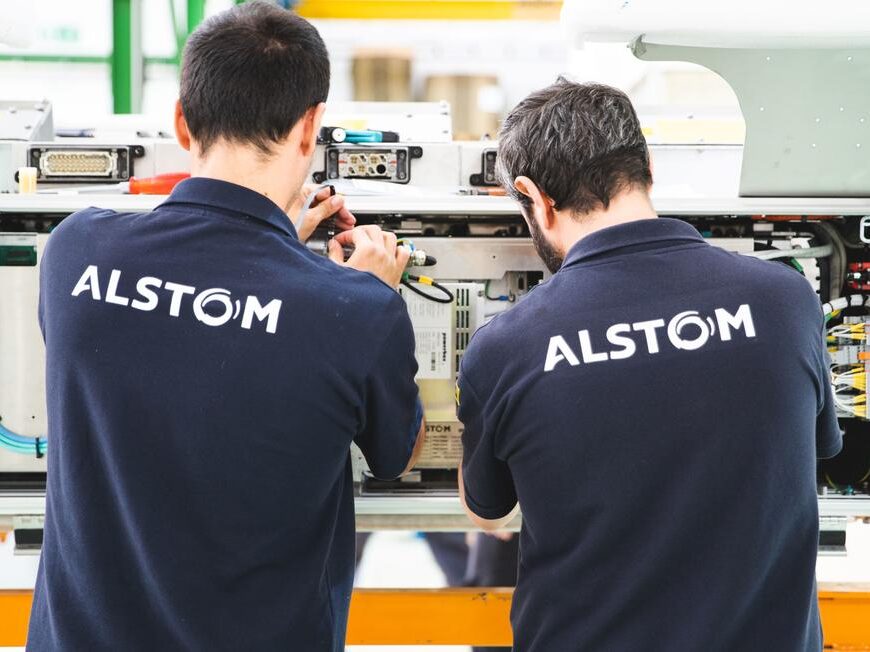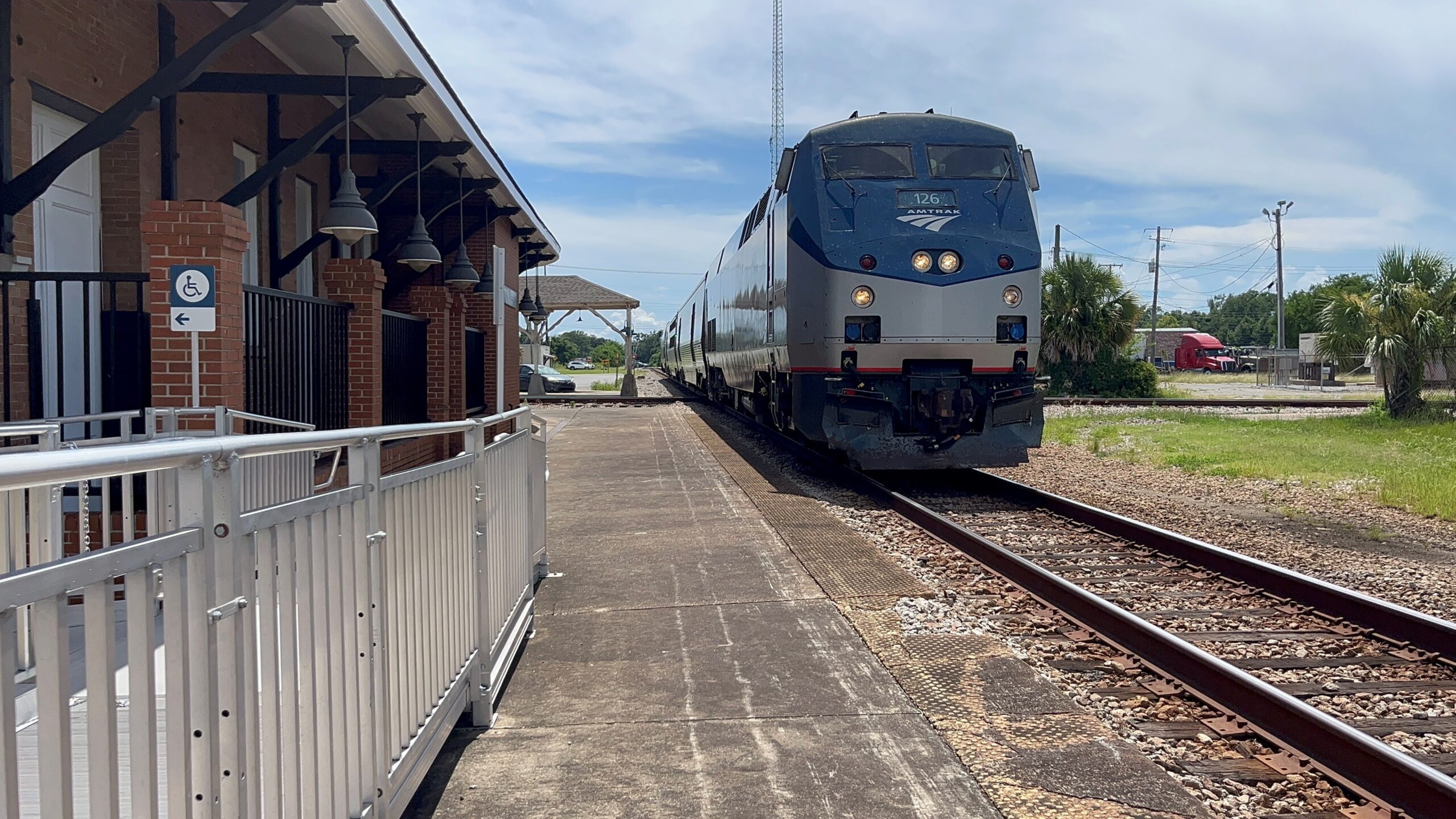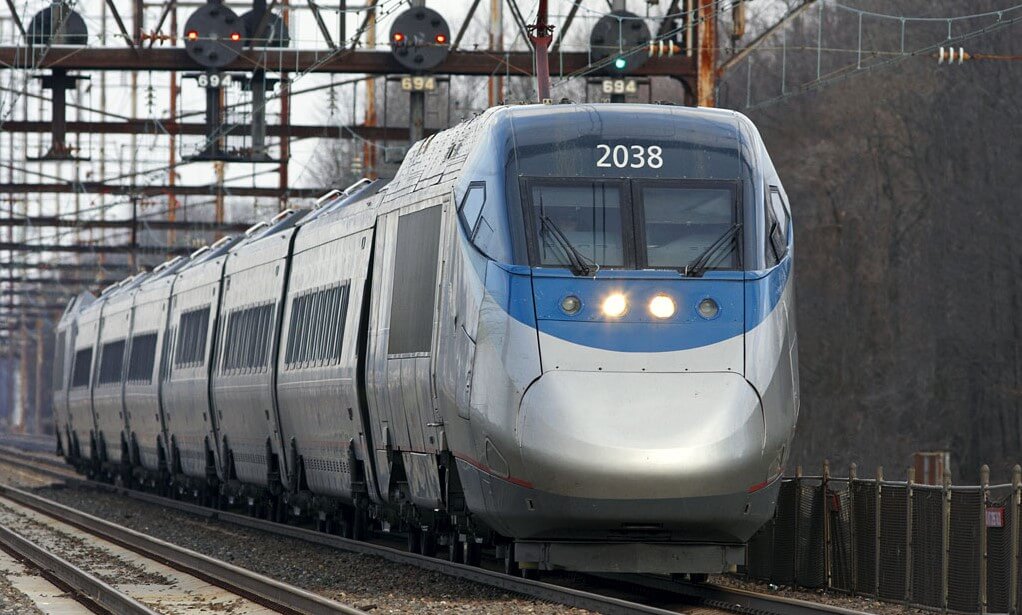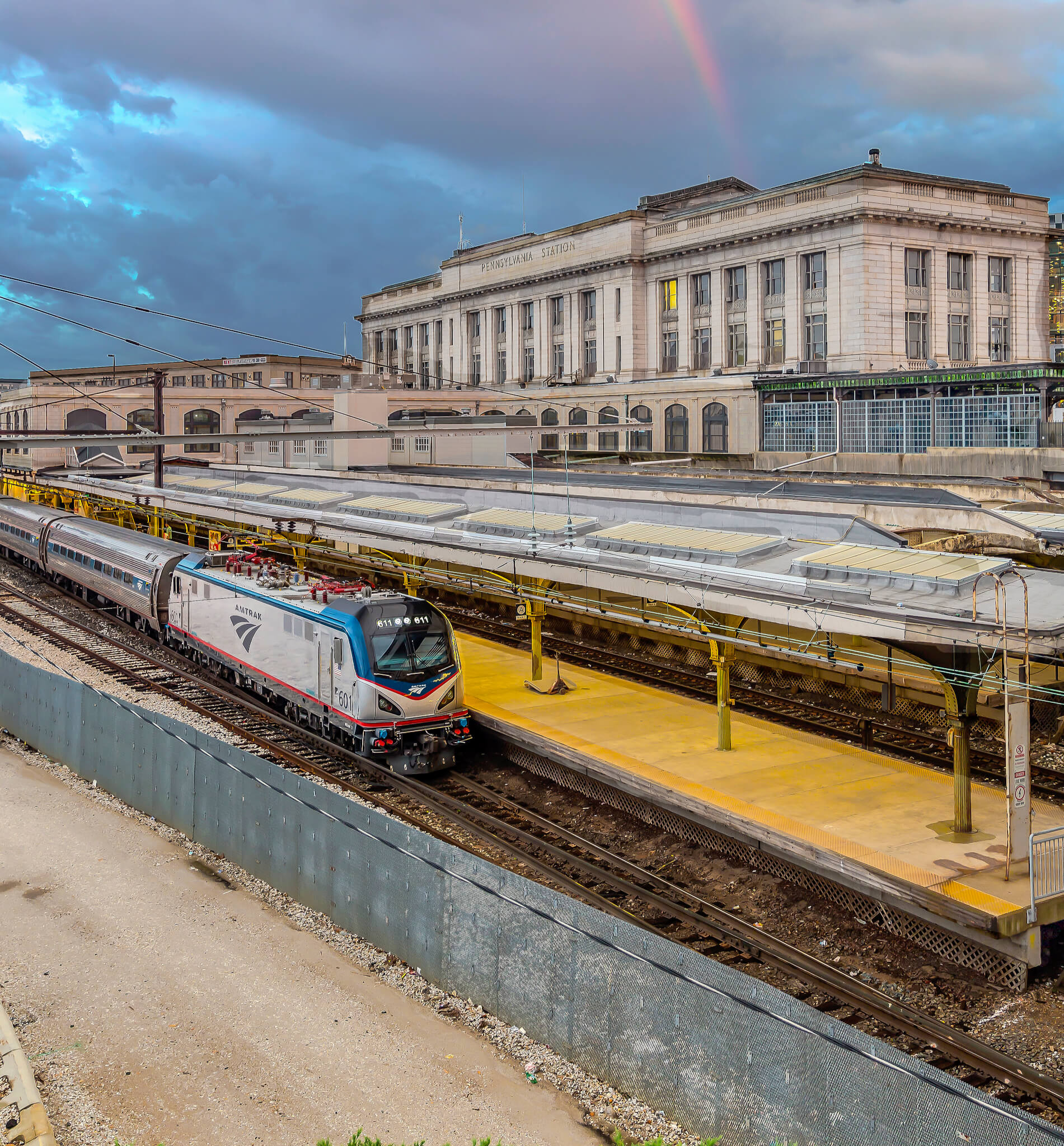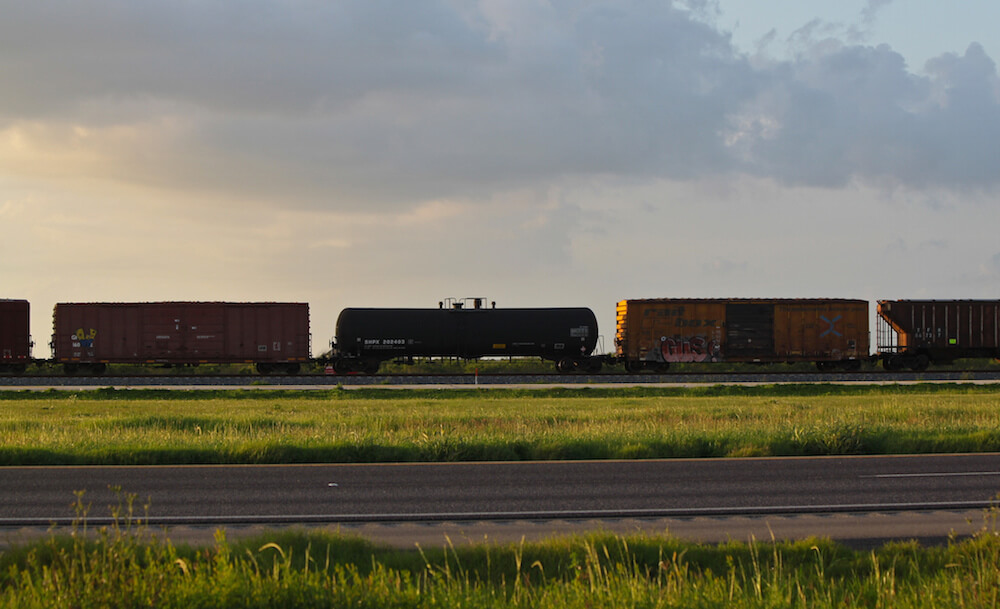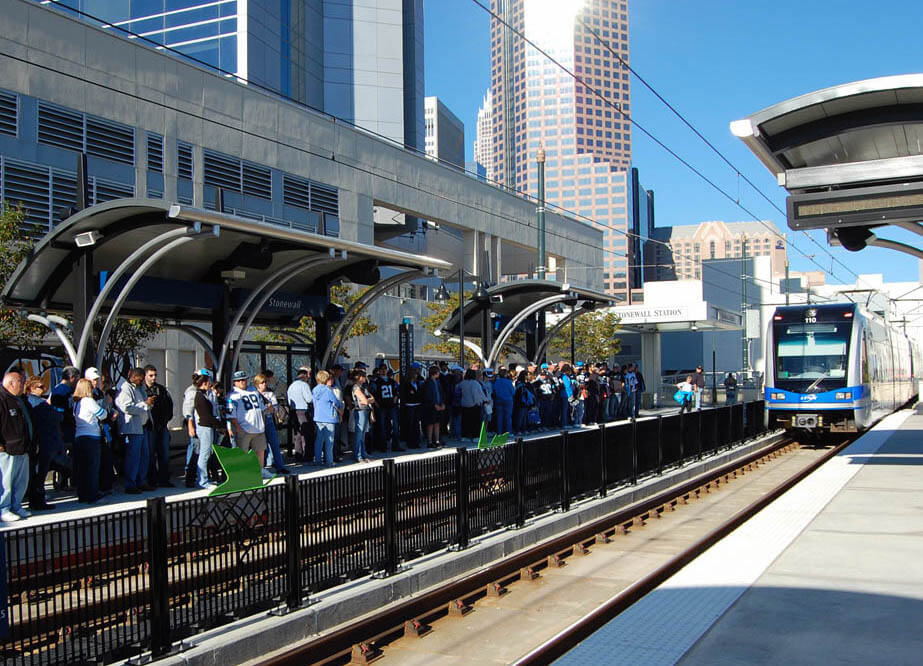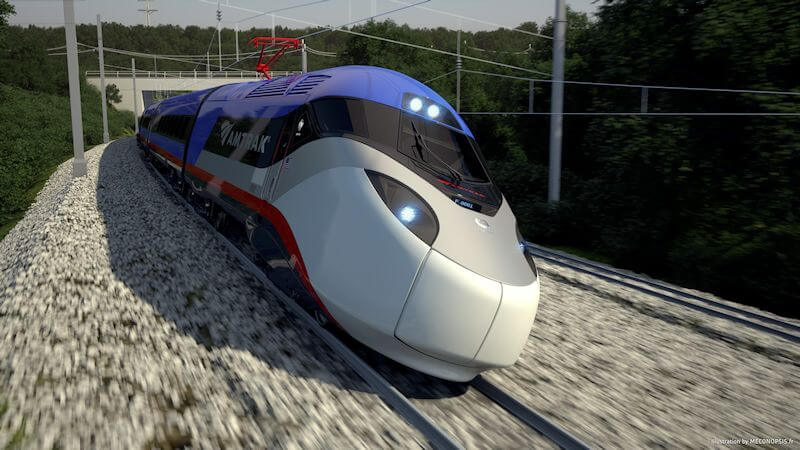NEC FUTURE is a comprehensive planning effort to define, evaluate and prioritise future investments in the Northeast Corridor (NEC) of the United States, from Washington, D.C. to Boston.
The Northeast Corridor – Some Background
The rail services on the 457-mile electrified NEC are operated primarily by Amtrak and connect Boston, New York, Philadelphia, Baltimore and Washington, D.C.
In 2010, Amtrak released The Northeast Corridor Infrastructure Master Plan and A Vision for High-Speed Rail in the Northeast Corridor detailing their desire to upgrade the corridor into a high-speed line.
The Federal Railroad Administration (FRA) launched NEC FUTURE in February 2012 to consider the role of rail passenger services in the context of current and future transportation demands. Through the NEC FUTURE programme, the FRA set out to determine a long-term vision and investment programme for the NEC and complete a Tier 1 Environmental Impact Statement (EIS) and Service Development Plan (SDP) in support of that vision.
At the same time, Amtrak published The Amtrak Vision for the Northeast Corridor – 2012 Update Report.
Publication of the Environmental Impact Statement
The Environmental Impact Statement was released in December 2016.
The report lists four different alternatives for improving traffic on the Northeast Corridor, one of them being a ‘no action’ alternative, three being an ‘action’ alternative.
According to the report, “the FRA defined a No Action Alternative that identifies improvements to highway, freight rail, transit, air, and maritime modes that will occur by 2040 regardless of NEC FUTURE”.
The 3 Action Alternatives are:
- Alternative 1 maintains the role of rail and keeps pace with population growth in the area. It would also bring the state of the NEC into good repair.
- Alternative 2 grows the role of rail, adding new rail segments in the area.
- Alterative 3 transforms the role of rail with a second spine between Boston and Washington, D.C. that could support speeds of up to 220 mph.
The details on these alternatives can be found in vol. 2 / ch. 4 of the Tier 1 Final EIS.
Vol. 1 of the statement goes into great detail about the various options and develops a Preferred Alternative to combine the best elements of all of the Action Alternatives. The key features and benefits can be found in vol. 1 / ch. 4.10
Take in the vision for the future of the Northeast Corridor in this short video © FRA below:
Learn more about FRA’s recommendation for the future of the Northeast Corridor here.

















